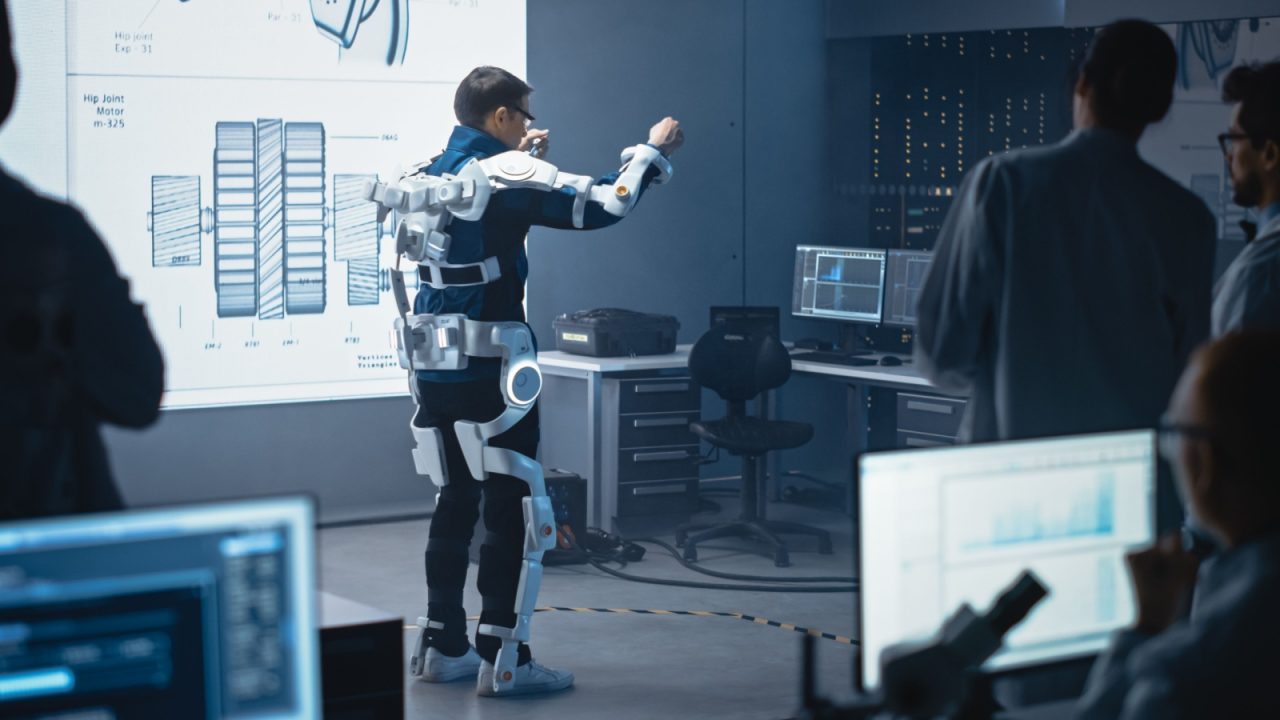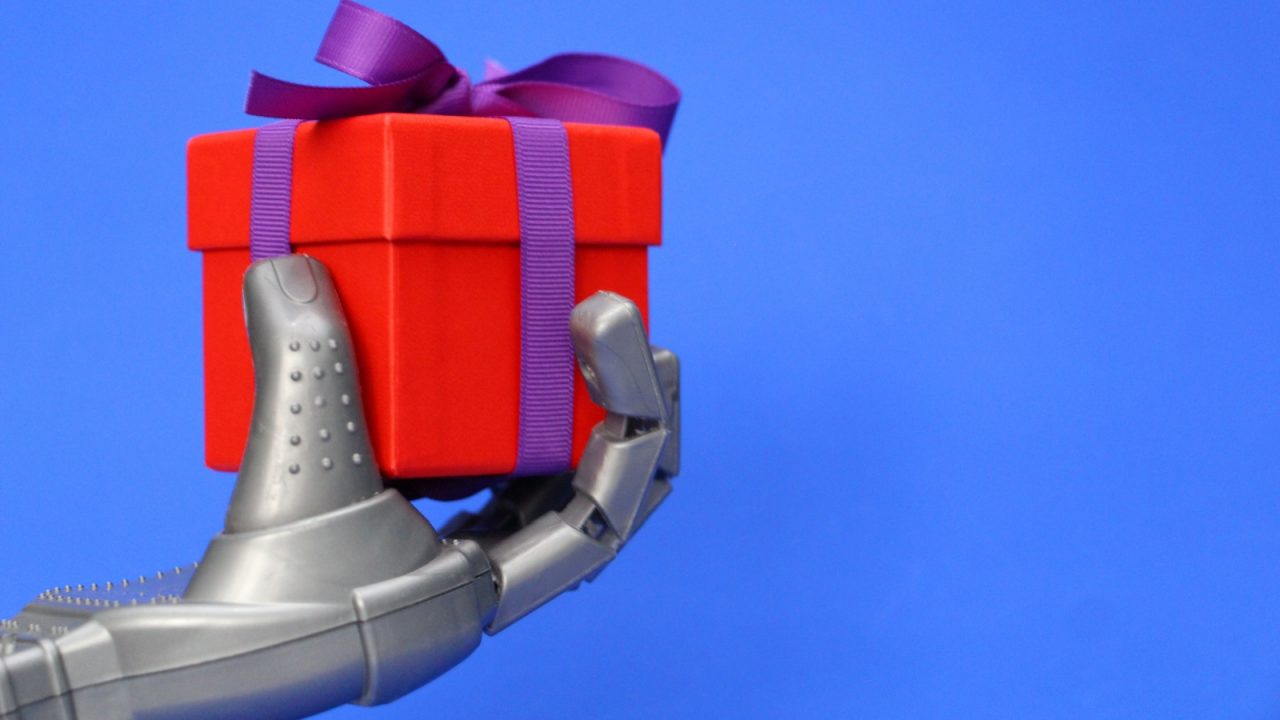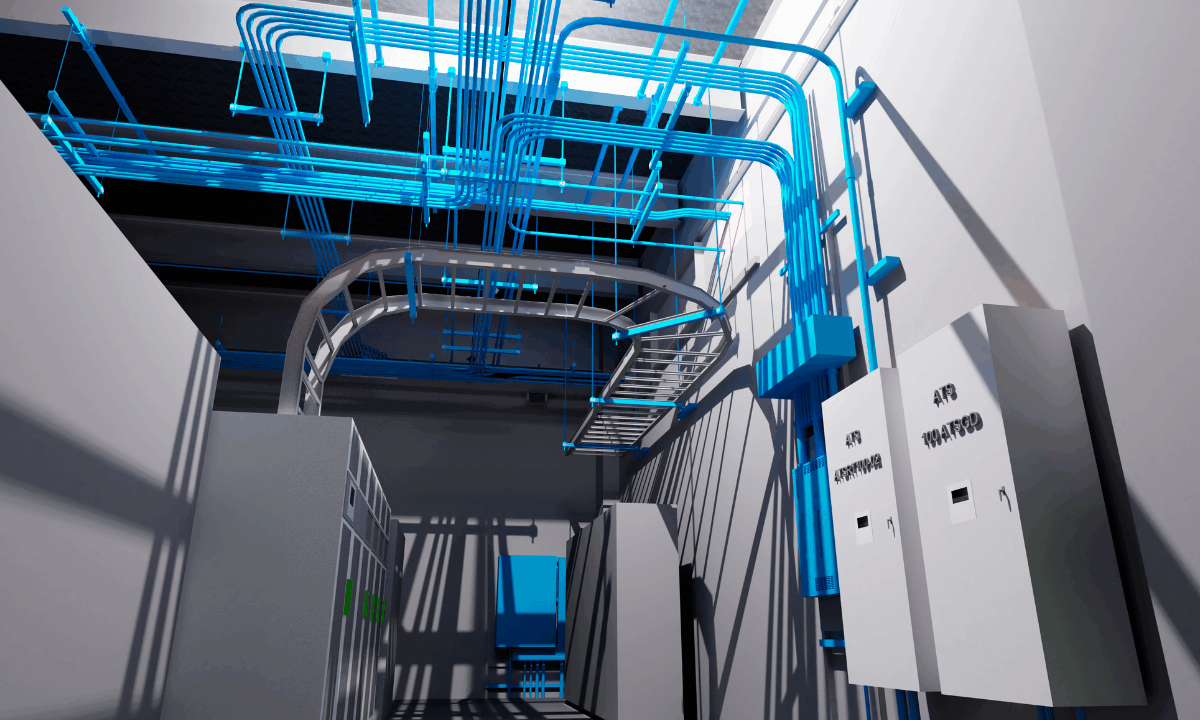The Harvard Business Review introduced the concept of disruption as early as 1995. The authors’ insight was that small companies can successfully challenge larger incumbents by targeting market segments that are being overlooked, often offering their product at a low price point. Those small companies then move upmarket, taking market share from the larger companies. This applies to the construction industry.
The Harvard Business Review article focused on computer technologies, which are, inarguably, fast moving, with many product offerings that don’t address the immediate requirements of mainstream customers. However, disruption is not limited to computer technology. Any process or product that is fundamentally different from what is currently in use—and that causes unforeseen, large-scale change—can be disruptive. An example of a new technology that is not computer-based is the improvement to battery operation that has enabled electric cars and renewable energy storage. Similarly, improved oil extraction technologies have enabled hydraulic fracturing, which in turn has led to lower natural gas prices. Prefabrication and modularization are disruptive methodologies specific to the construction industry; they can result in lower cost and improved quality.
Learn How to Identify Disruption
PwC Global defines five factors that can significantly alter an industry:
- changes in customer behavior;
- new kinds of competition;
- shifting regulation;
- new methods of distribution; and
- changes to a company’s core business.
A fundamental first step for any company when facing such changes should be to broadly identify what it is providing to consumers. For every industry and every company, beyond the specific product or service being offered, there is always a basic problem being solved. (For example, cars are a product, but transporting people from one location to another solves a basic problem.) Thinking in terms of problems can change habitual thinking and foster “out of the box” solutions.
Since most change is driven by customer behavior, companies should also look at how and why people are using their products. For the design and construction industries, the question becomes: “How are people using the facilities the industry builds?” A timely example is warehouses, where traditional pick/pack/ship routines are giving way to the new single-item picking requirements of e-commerce as well as to automated equipment, which requires different floor layouts, building heights, utility requirements, ceiling clearances, less labor, etc.
The construction industry can manage disruption by examining successful—and unsuccessful—responses that have taken place in other industries. The lessons learned can be applied by construction companies to formulate adaptive responses. Historically, companies have resisted innovative products or processes because they don’t meet the needs of their current customers—customers who are not only profitable, but who demand of all the company’s resources just to continue the current trajectory. Additionally, these companies—like most of us—fail to imagine the kind of sweeping change that can radically alter “business as usual.” However, the future belongs to companies that not only face change, but proactively assess which new workflows and technologies are likely to have staying power.
In many industries, companies have successfully adapted to change by remaining open to vertical integration. In the construction industry, this means being open to end-to-end construction. Design and construction companies need to better visualize how their business models can innovate in terms of where and how buildings, facilities and infrastructure are planned, designed, procured, constructed, operated and maintained. This can be achieved via partnerships and alliances. Investing in research and development, exploring new project delivery methods and remaining open to new materials and methods are all critical.
A common trap that companies fall into—and construction companies have proven to be particularly susceptible to this—is to use new technologies and methodologies to augment existing workflows but not rethink workflows from the ground up. For example, new technologies are used during construction and building operation for asset management, scheduling and the assessment of building performance. But soon, a confluence of technologies such as “Internet of Things,” Application Programming Interface (API) and big data will become a fabric uniting and transforming other technologies.
The amount of information that can be known, and the speed with which it can be known—not to mention the development of physical tools such as such as 3D printers that extrude concrete—will cause a sea change in the way construction activities are performed and the way business decisions are made.
Five Strategies for Successful Adaptation
As with other areas of business planning, developing a high-level strategy—and following up by defining and executing specific action steps—are key. While strategic planning requires the allocation of significant time and money, it’s worth remembering that navigating change cannot be accomplished as an afterthought. A productive approach requires a company to:
- Allocate ample human resources to the effort. An all-too-common reaction to change is to reject team involvement—but more involvement, not less, is what is called for. Team feedback can be optimized by holding offsite sessions in which the entire group examines areas in which business might be disrupted and considers new business models. Disruption can also be addressed in planning and leadership meetings.
- Seek outside partnerships. Technologies and their related changes tend to function in ecosystems; find the ecosystem that is going to impact your business and establish connections.
- Keep options open. When deciding which product or process might be worth investing in, don’t commit too early to a single solution.
- When hiring, invest in talent that will bring different perspectives. Give employees the freedom to act and explore ideas—but encourage a mindset shift towards accountability and establish conditions for piloting and scaling new technologies and services. This will keep the exploration phase targeted and productive.
- Expand thinking to include all phases of design and construction. The capital investment and appropriations phases of a new-build facility are areas in which many companies stick with the old way of doing things, because teaming with new partners or investing in new workflows and resources can initially seem to threaten productivity. But this is an example of protecting existing models at the expense of future success. When it comes to site selection and facility planning, outdated methodologies—such as basing cost estimates on rough sketches or on non-comparable facilities—cause capital projects to have huge disadvantages built in from the beginning. Using cutting-edge technology and innovative approaches can help companies avoid missed deadline, cost overruns and financially infeasible capital projects. Having a preconstruction process is critical for aligning members of the project team, which enhances collaboration and information sharing. And a preconstruction process that leverages technology can do more than identify challenges at an early stage; it can result in predictable outcomes.
Even when industries do see change coming, all too often they are unsure of how to meet it. The construction industry may be similarly shortsighted as they fail to see robotic construction, machine learning, artificial intelligence, prefabrication, modularization and other trends as game changers. But there is no disruption too big—or too small—to warrant attention from construction companies as they plan for their futures. The key is to implement a systematic, strategic approach—and to do so sooner rather than later.







